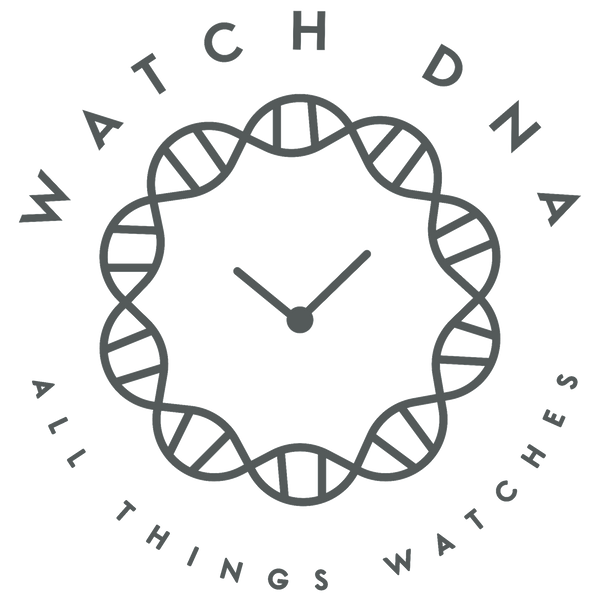Qu'est-ce que le Web3
Centralization has made it possible for billions of people to use the World Wide Web and has enabled it to thrive on a stable, strong infrastructure. At the same time, a small number of centralized organizations control large parts of the World Wide Web and decide on their own what can and cannot be done.
Web3 is the way out of this mess. Instead of being controlled by a few big tech companies, Web3 is built, run, and owned by its users. Individuals, not big companies, are in charge of Web3. Let’s look at how we got here before we talk about Web3.
Web 1.0 : Lecture Seule (1990-2004)
In 1989, Tim Berners-Lee was hard at work at CERN in Geneva, making the rules for what would become the World Wide Web. His plan? À make open, decentralized protocols that allow people from anywhere on Earth to share information.
Berners-first Lee’s creation, which is now called “Web 1.0,” came into being between 1990 and 2004. Web 1.0 was primarily composed of static websites that were owned by companies. There was almost no interaction between users, and people rarely made content, so it was called the “read-only web.”
Web 2.0 : Lecture-Écriture (2004-aujourd'hui)
En 2004, avec l'apparition des plateformes de médias sociaux, l'ère du Web 2.0 a commencé. Le Web était auparavant en lecture seule, mais il est désormais possible d'y lire et d'y écrire. Plutôt que de simplement fournir du contenu aux utilisateurs, les entreprises ont commencé à leur offrir des espaces pour partager leur propre contenu et échanger avec d'autres utilisateurs. À mesure que de plus en plus de personnes se connectaient, un petit nombre de grandes entreprises ont commencé à contrôler une grande partie du trafic et des revenus générés sur le Web. Le Web 2.0 a également vu l'émergence du modèle économique basé sur la publicité. Même si les utilisateurs pouvaient créer du contenu, ils n'en étaient pas propriétaires et n'en étaient pas rémunérés.
Web 3.0 : Lecture-Écriture-Propriété
Gavin Wood, l'une des personnes qui a contribué au lancement d'Ethereum en 2014, a proposé l'idée du « Web 3.0 ». Gavin a formulé une solution à un problème que de nombreux premiers utilisateurs de crypto avaient : le Web nécessitait trop de confiance. C'est-à-dire que la plupart du Web que les gens connaissent et utilisent aujourd'hui dépend d'un petit nombre d'entreprises privées jugées dignes de confiance.
Qu'est-ce qu'une blockchain ?
A blockchain (literally a “chain of blocks”) designates a secure and decentralized database, replicated on a massive number of nodes, and containing a set of transactions whose validity each node can verify.
A blockchain can be likened to a transparent, pseudonymous, and tamper-proof ledger.
Qu'est-ce qu'une blockchain « verte » 🌱
You can register an NFT on a green blockchain called Polygon if you want to use new technologies while still taking care of the Earth.
Polygon is based on the Proof of Stake idea instead of the Proof of Work idea that Bitcoin and Ethereum mostly use. Here is a small table to compare:
Qu'est-ce qu'un NFT ?
NFT is the acronym for “non-fungible token”, or “non-fungible token” in French. A thing is said to be fungible if it can “be replaced by things of the same nature, of the same quality and of the same quantity”. One of the fungible assets is money. A one euro coin can be replaced by a one euro coin. Similarly, a Bitcoin can be exchanged with another Bitcoin.
On the other hand, a so-called non-fungible asset cannot be replaced by another element. It is unique. In the same way that a work by Leonardo da Vinci, Monet or Picasso is unique, an NFT is unique. Its uniqueness is easily identifiable.
Qu'est-ce qu'un portefeuille ?
A “wallet” is a digital wallet that contains your assets (NFT, cryptocurrency) and est protégé by a private key, of which you are the sole holder.
This “wallet” will be used to interact with the blockchain and decentralized applications.
En savoir plus
https://blockchainfrance.net/decouvrir-la-blockchain/c-est-quoi-la-blockchain/
Image by rawpixel.com on Freepik








